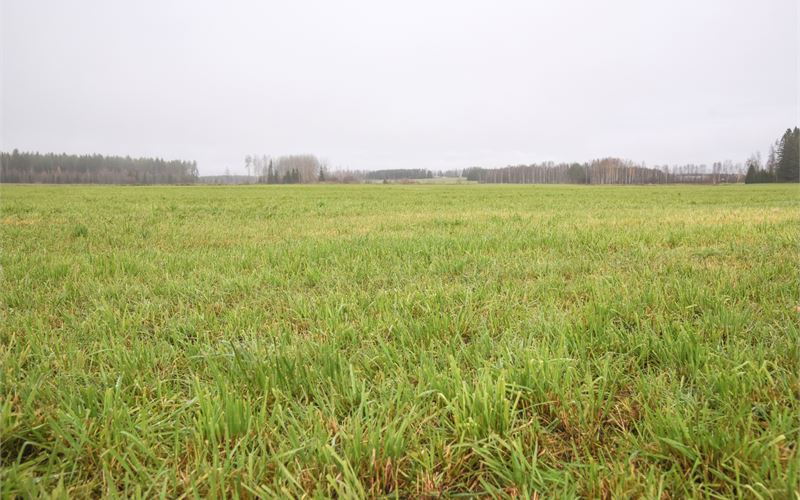“The carbon cycle is a personal passion for me. I’m interested in finding out if climate change can be mitigated in the land use sector,” Liisa Kulmala says.
Carbon flux?
Carbon flux analysers are at the centre of the collaboration project. Carbon flux means the ratio of carbon absorption and emissions, i.e. how much carbon dioxide is sequestered in the soil and how much of it is released into the atmosphere during the measuring period. This process doesn’t happen at the same rate all the time; nature follows its own daily rhythm.
“Plants wake up and start doing their job at about six in the morning. More absorption occurs during sunny weather and less during cloudy weather. Most of the emission happens at night,” explains Datasense CEO Jari Hakkarainen.
The carbon flux analyser is inside a transparent chamber installed in the field parcel being studied. Every half hour, the chamber automatically closes. A microclimate is formed within it and the sensors measure the carbon dioxide reading. If the reading increases during the measuring period, it means that the soil is releasing carbon dioxide into the atmosphere. If the reading decreases, carbon is being sequestered in the soil. The carbon flux analysers take 48 measurements during a 24-hour measuring period, and the average of these gives the daily balance for carbon binding and emissions. Based on the results, it’s possible to calculate the estimated carbon binding and emissions at the hectare level.
The analyser transmits the data via a modem to a cloud, where the data collected from grass fields can be tracked almost in real time. This gives the dairy farmers up-to-date information about what is happening in their own field: the current growth rate, how the peatland compares with the mineral soil, and what the 24-hour measurement average indicates – whether carbon sequestration or emissions is taking place.
Jari Hakkarainen is passionate when talking about the summer 2021 project and the use of technology to achieve carbon-neutral food production. The future looks promising in terms of more accurate estimates, and the data from fields will really change the world.
“In the future we’ll be able to agilely and cost-efficiently produce carbon balance calculations and estimates. And other greenhouse gases too, like methane and nitrous oxide, will be measured in the near future, and it’ll be possible to measure and model bigger areas,” Jari Hakkarainen says.
What happens with the data from the chambers?
The Datasense instrumentation measures and collects precise local carbon balance readings which are supplemented with the Finnish Meteorological Institute’s own data. After a measuring period, the Finnish Meteorological Institute researchers analyse the collected data and use it to refine their own carbon sequestration verification system.
This collaboration will ultimately result in modelling to help determine the annual carbon sequestration and emissions of different soil types and the impacts of actions taken by farmers.
Eventually, the potential of the data will be very visible in the everyday life of farmers: it will be possible to use modelling in Valio’s CARBO® environmental calculator, which dairy farmers can use to get a more precise assessment of their own carbon footprint and the most effective ways to reduce it.
“I feel that our research is very important for the future. Milk production is facing tough climate pressure, and with the more precise calculation of the soil factor, we can develop new ways to reduce milk’s carbon footprint and to verify it,” says Virpi Kling, Development Manager with Valio’s carbon-neutral milk chain team.








